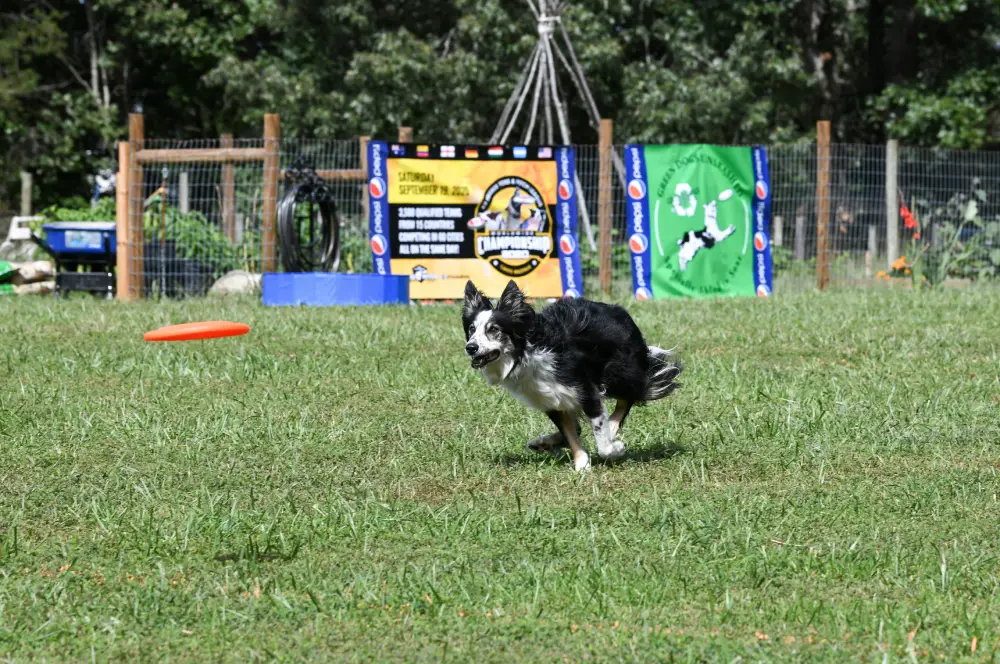
Vestibular Disease in Senior Dogs
April 18th 2024
Vestibular disease or syndrome is a condition that affects the dogs balance, and it can occur at any age, however it is more commonly seen in older dogs, and it can be quite distressing for an owner to witness.
What are the symptoms of vestibular disease?
The vestibular system in the brain is responsible for balance. If this part of the brain is affected dogs will feel dizzy and have problems walking normally. They may also suffer from abnormal posture, they may fall over, walk in circles, have a tilted head, and suffer from ataxia (stumbling, uncoordinated movement). Owners may also notice nystagmus (flickering eyes) and in some cases dogs may vomit. If your dog is showing these signs, contact your vet as soon as possible.
What causes Vestibular disease?
There are two main areas affected; the peripheral vestibular system which involves the inner ear and the central vestibular system which involves the brain stem, cerebellum, and spinal cord.
Diagnosing whether the condition is peripheral or central can help your vet decide on the best course of action and treatment.
Middle or inner ear infections are the most common causes of peripheral vestibular disease, although sometimes the cause is unknown, and this is known as idiopathic vestibular disease. Other causes include diseases such as hypothyroidism, toxins or adverse reactions to drugs. When it comes to balance issues related to the brain, the most common causes are tumours and infections or swelling.
How long do dogs have vestibular disease?
Vestibular disease can occur at any age, but it is more common on senior dogs with the average age of onset being around 12-13 years old. It can develop very quickly, however if the condition is idiopathic or the cause, such as an ear infection is treated rapidly, the dog can often start to improve within 2-3 days. Dogs should be almost entirely recovered within as little as a couple of weeks, to a few months for stubborn ear infections. If the dog does not improve, then further tests may be required to determine the underlying cause.
Helping your dog during their recovery
If your dog has developed vestibular syndrome, they may need help getting up from sitting or standing and require assistance to go outside to the toilet. Your dog may also need help with feeding and drinking, such as handfeeding or changing the height of their bowls. Initially keeping them in a safe secure area with the water bowl close by may help. Laminate, wood or other slippery floors should be covered with rugs or yoga mats so your dog can grip when they stand up (this is also important for arthritic dogs).
Physiotherapy may also be suitable for aiding recovery, especially if your dog also suffers from arthritis. They may become stiffer and weaker due to the lack of movement when initially diagnosed. Your vet should be able to refer you to a qualified veterinary physiotherapist.
When your dog suddenly shows signs of vestibular disease, it can be alarming. However, with prompt veterinary treatment and proper care at home, many dogs can make a good recovery, although there may still always be a residual issue such as a slight head tilt.

 Shop Dog
Shop Dog
 Shop Cat
Shop Cat
 Vet Know-how
Vet Know-how Contact
Contact


